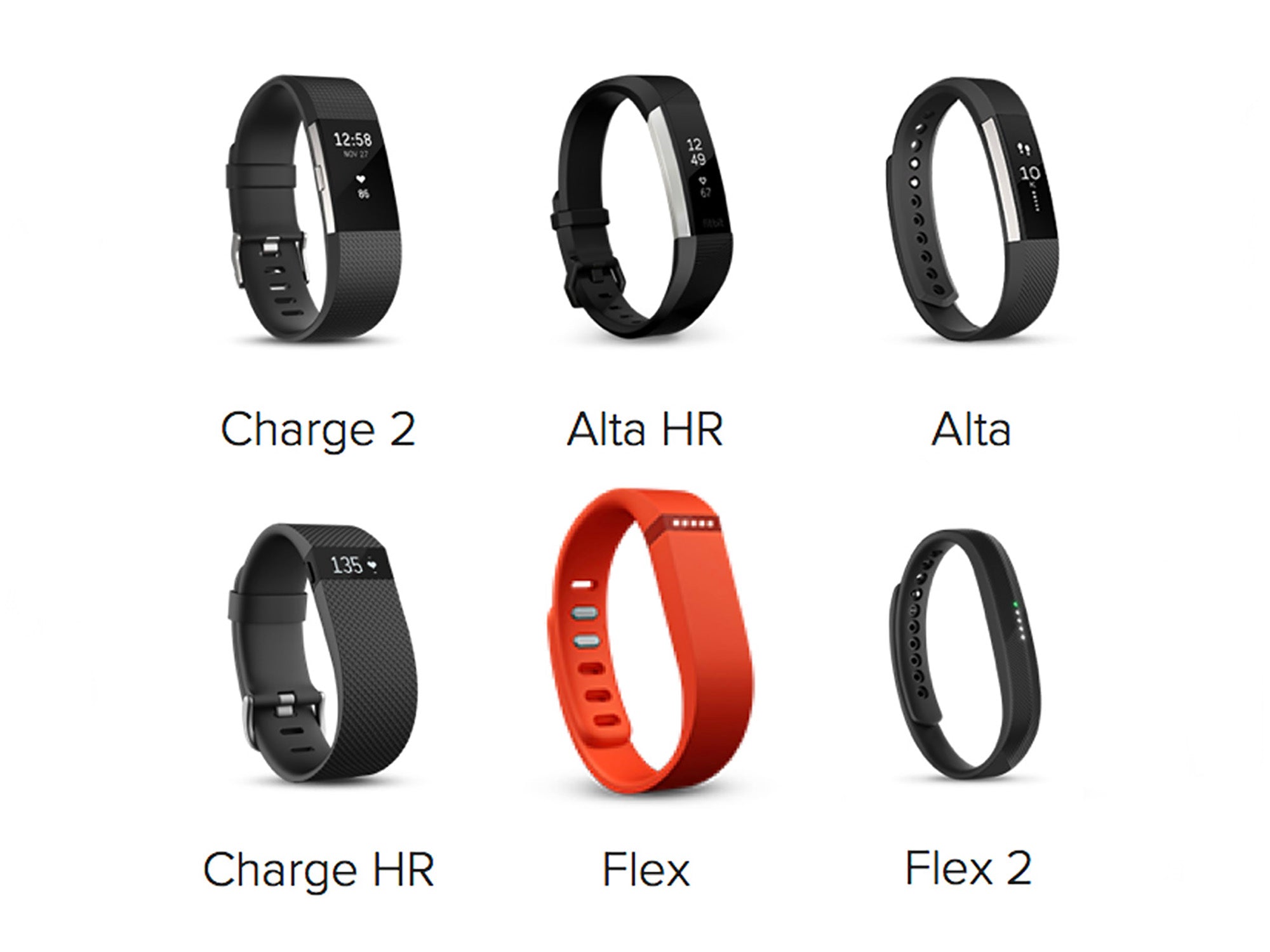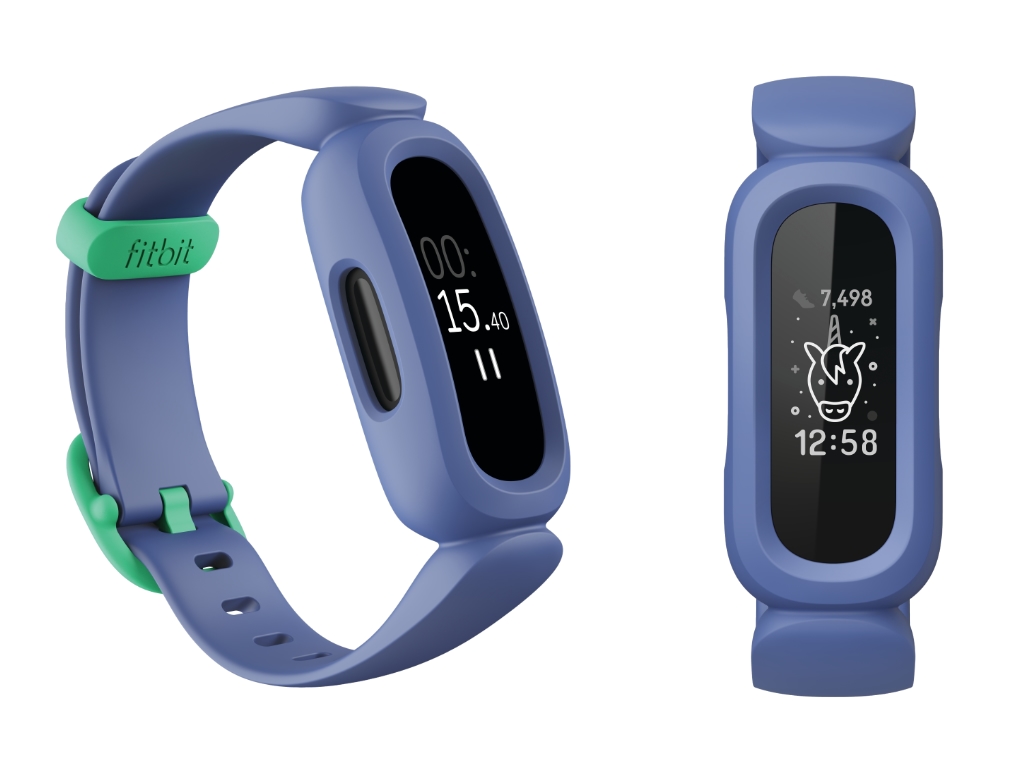

In your Fitbit app under Weekly Exercise, you find all Interval Workouts. If you set it up it in this way, Fitbit also keeps track of how many time boxes you have worked. Here is how the timer looks on a Fitbit Charge 2: After four timeboxes you want to take a longer break. After the rest period, Fitbit vibrates again, which is your signal to go back to work. Now you have 5 minutes of break time, which you could use for some exercise. This is your signal to take a break and get up from your desk. The move period becomes the work period.Īfter each move period, your Fitbit alerts you with two small vibrations that the period is over.

If you want to work in intervals of at most 20 minutes and take breaks of 5 minutes, set the move period to 19:59 (the maximum) and the rest period to 5 minutes. Work in timeboxes of max 20 minutes and use the rest periods as breaks We can use this interval timer to implement a productivity timer to work in timeboxes in at least two ways. The move period can be set from seconds to 20 minutes and the rest period that can also be set to up to 20 minutes. This interval timer allows for two time periods: The move period and the rest period. Scroll down until you find Exercise Shortcuts and tap on it.ģ. For example on Android, tap on the Fibit icon:Ģ. Well, it does: It is called Interval Workout and you find it under Exercise Shortcuts in the Fitbit app.ġ. At first glance, it looks like it doesn’t have a one. Many people are looking for a countdown timer on the Charge 2. The Fitbit Charge 2 and the Fitbit Ionic have an interval workout timer I have found a solution for both scenarios. How can I get my Fitbit to vibrate at the end of a pomodoro or other time interval?Ĭould I even connect it with a smart phone productivity timer, so that it vibrates when the smart phone timer tells it to? Unfortunately this feature can’t be set to shorter time periods otherwise it would be an ideal productivity timer. Quite a few Fitbits, including the Flex 2, Alta, Alta HR, Blaze, Charge 2, and the Ionic have the hourly activity goals with reminders to move. It just works out of the box, and there is nothing to start or stop. Not only does it make you take regular breaks, it also vibrates again when you have taken your 250 steps and keeps track of your longest period of inactivity and stats for the day and week. For health purposes and for many office jobs this feature may be all that is needed. That way, even if I don’t care to set any timer, I get at least one break every hour and get moving. The Fitbit Charge 2 detects longer periods of inactivity, and if I haven’t taken at least 250 steps in a particular hour, it’ll vibrate at ten minutes to the hour to remind me to get going and move. Hourly activity goals with reminders to move is one of my favorite features I have come to like my Fitbit a lot – and it can help with time boxing / pomodoros as well.

For example, it detects and records when I am walking, running, or using a cross trainer or treadmill and supplies stats such as duration, calories burnt, heart rate graphs… It also continuously tracks my heart rate and automatically recognizes and records different exercises. I bought it to encourage me to move more during the day and track my sleep during the night. Recently, I got myself a Fitbit Charge 2 fitness tracker. I can always do 15 minutes.įor writing, I much prefer 45 minutes of even an hour. If a task is very difficult or boring, starting out with only 15 minutes is fine, if that helps you to get started and avoid checking your phone. I have used timeboxing more or less for several years, but have also varied the work period depending on the task at hand. I’ll introduce you to one cool app below. Cirillo’s technique has spawned a variety of productivity apps and timers. He called this 25-minute interval a pomodoro. According to him, the optimal length of a timebox is 25 minutes. In the 1980s, Francesco Cirillo devised the Pomodoro Technique, a complete time management system based on the concept of timeboxing.
STOPWATCH FITBIT HOW TO
In an earlier post I have outlined some ideas on how to implement time boxing. Working in intervals of 20 to 40 minutes (so-called timeboxes) interspersed with 5-minute breaks is an excellent way to increase productivity, overcome procrastination, and do something for your health at the same time.


 0 kommentar(er)
0 kommentar(er)
